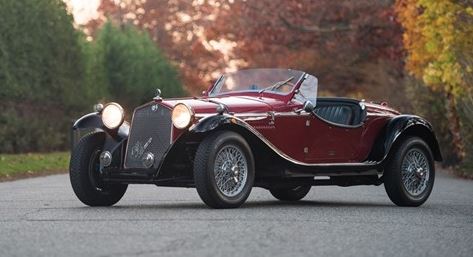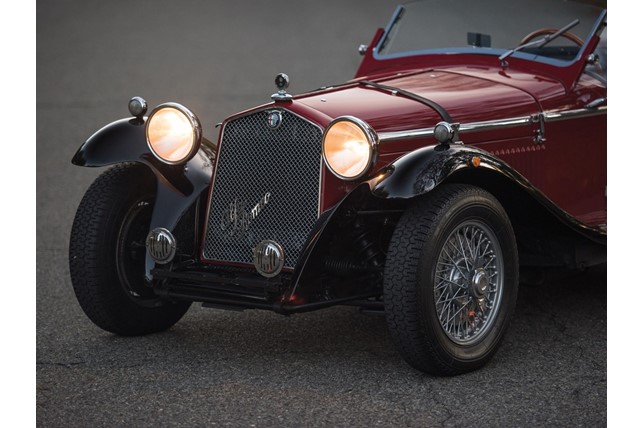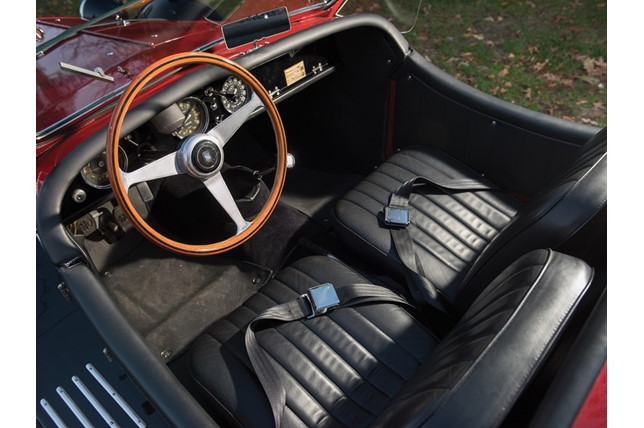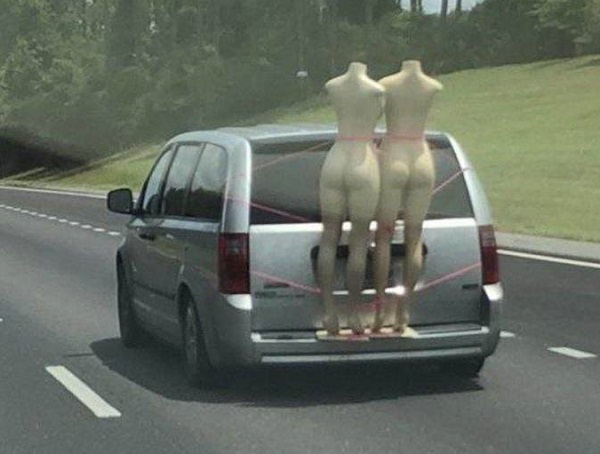Oh good grief. Just when I thought I was over my Alfa Romeo infatuation comes this creature:



“Now Kim,” you may well ask, “WTF were you thinking about — if Alfa Romeos are generally unreliable, pre-WWII Alfas practically define the genre!”
Aha. But this isn’t a pre-WWII Alfa. To paraphrase the sales brochure:
Factory-approved recreation with 1968 Alfa Romeo Giulia underpinnings (1,570-cc inline four-cylinder; five-speed manual transmission). Beautifully outfitted with retro-inspired aluminum coachwork by Zagato. Finished in striking Rosso over Nero leather.

In other words, all you have to worry about is 1960s-era Alfa unreliability. That’s so much better.

Anyway: no airbags, no useless fucking doodads like lane change warnings, electrically-operated wing mirrors, and all that modern computerized shit that adds cost but not much else.
Like me, this Gran Sport is completely and utterly useless in today’s oh-so modern world.
I don’t care. I’ll drive it, and die like a man. With my pre-WWI gun strapped to my belt.
Want.







